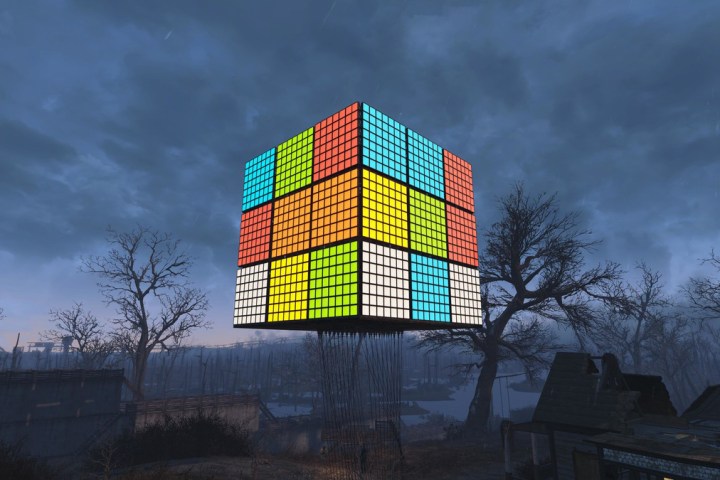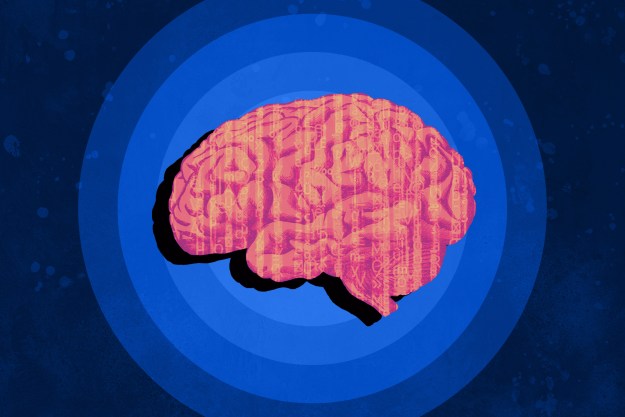
We’ve mastered the Rubik’s Cube. By we, though, I don’t necessarily mean that you and I have figured out how to solve the classic puzzle, but other members of humanity have certainly shown the Cube who’s boss. After all, the record for completing a Rubik’s Cube now stands at a blistering 4.22 seconds.
But now that artificial intelligence can solve the Rubiks’ Cube, too, can our record stand?
Sure — it’s probably not that difficult for a machine to figure out how to solve one of these things, right? After all, if A.I. can beat Ken Jennings at Jeopardy or unseat a Grandmaster in a game of chess, a multi-colored cube hardly seems like a challenge. But while it’s pretty simple to create an algorithm for a machine that allows it to figure out which faces to turn and when, the tougher part is creating a machine that can solve the Rubik’s Cube completely without ever being handed a puzzle-solving algorithm by humans. And that is what some researchers have now managed to do.
As initially reported by CNET, Stephen McAleer and a team of researchers at the University of California believe that they’ve managed to create an algorithm that can solve the Rubik’s Cube without human help. It depends upon a process known as “autodidactic iteration.” McAleer and his colleagues call it a “novel reinforcement learning algorithm that is able to teach itself how to solve the Rubik’s Cube with no human assistance.” Apparently, this algorithm can solve every single scrambled Rubik’s Cube in 30 moves or less, which is about the same (or better than) what we can do.
Basically, autodidactic iteration requires the algorithm to think backwards in order to find a solution. It begins its process by visualizing the finished cube, and then retraces its steps to see if each subsequent move will get it closer to its end goal.
Is it complicated? Yes. But the idea is that once A.I. can solve a Rubik’s Cube on its own, it can also begin to address more complex problems. We will just have to see what the next major puzzle to be solved by artificial intelligence may be.
Editors' Recommendations
- ChatGPT AI chatbot can now be used without an account
- Google Bard can now speak, but can it drown out ChatGPT?
- Forget Dall-E, you can sign up to create AI-generated videos now
- Microsoft quits its creepy, emotion-reading A.I.
- Zoom’s A.I. tech to detect emotion during calls upsets critics


